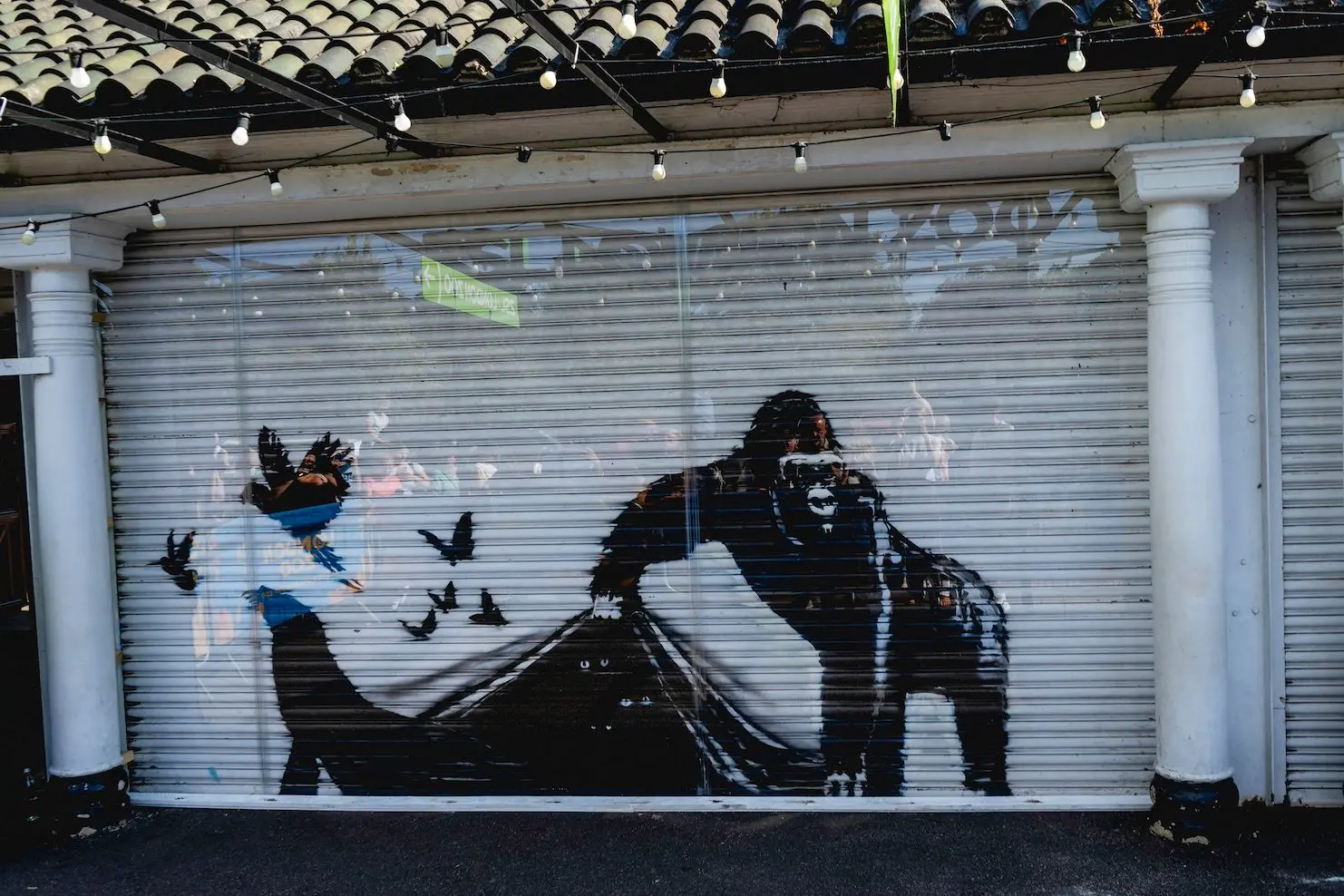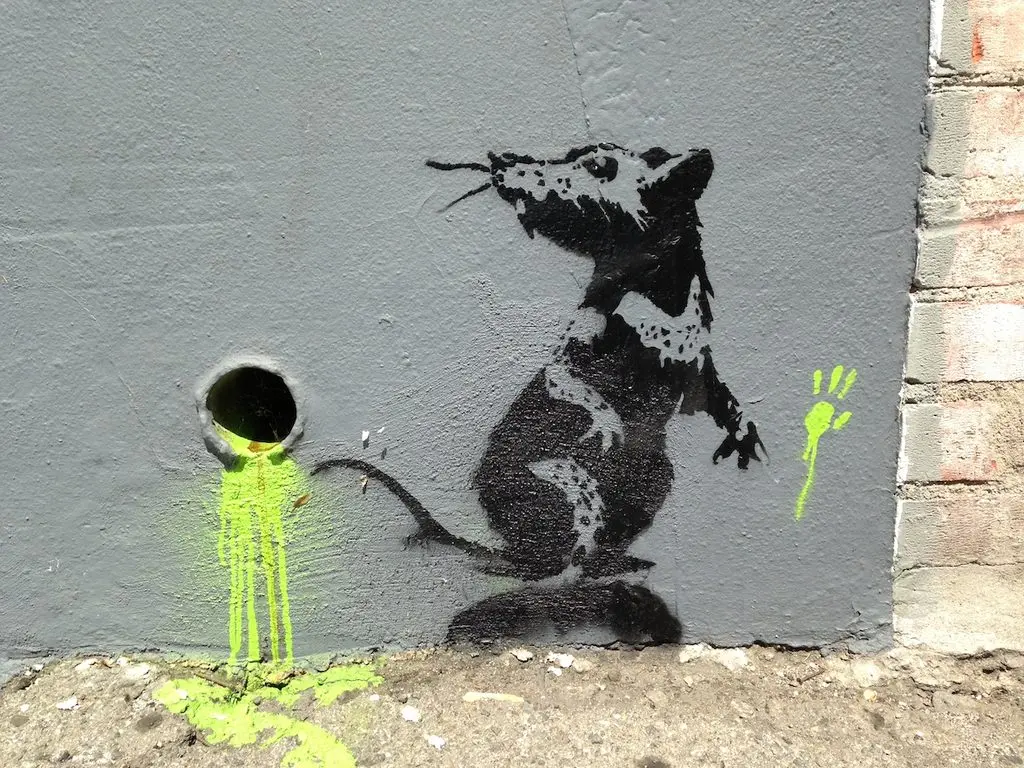
Banksy fans were delighted in August, as nine animal-themed murals by the street artist appeared across London in as many days. Speculation is rife about what deeper meanings may lie behind the new artworks. Yet, according to Pest Control (the body that authenticates Banksy’s work) far too much has been made of them already.
I’m a sociologist, not an art critic, but I don’t think the murals are deep meditations on the nature of society. Nor do I think some coded political message will reveal itself now that all the images can be viewed together. The murals have captured the public imagination, not because they’re artistic masterpieces, but because they play with something beyond the world of pop art – our love, fear and fascination with animals.
In the late-1990s, American sociologists Arnold Arluke and Clinton Sanders developed the idea of the “sociozoologic scale” to explain how we view different animals. The scale lets us place animals into categories, like “pet”, “food”, or “vermin”, based on their perceived usefulness to society.
Some animals, like dogs, tend to be loved and treated well in society because they are seen as loyal and helpful. Pests and wild predators, on the other hand, tend to be feared and controlled because they don’t fit into what society wants.
We all carry the sociozoologic scale around with us in our heads, as part of what sociologists have called our “common sense view of the world”—an invisible set of rules that we follow without really thinking about it. We learn these rules from our families, schools, friends, the media, and the people around us. The rules help us get along with others and make sense of the world, even if we don’t realize that we are following them.
It’s Banksy’s playful use of the sociozoologic scale that makes his animals so eye-catching. Just look, for example, at how he paints rats, the animal that has become his trademark.

On the sociozoologic scale, we tend to think of rats as vermin. They are undesirable pests, which society seeks to control, but we also think of rats as clever and subversive. When we project our view of rats, or any other animal for that matter, onto human beings it’s called anthropomorphism.
Banksy does this a lot. When he paints rats running around with spray cans and Stanley knives, he’s actually painting himself and the life of an underground street artist. The image jars with the sociozoologic scale in our heads, and it’s this jarring feeling that makes us sit up and take notice.
Playing with scale
Banksy also plays with the sociozoologic scale by using juxtaposition. In October 2013, during a self-appointed stint as “artist in residence” in the US, Banksy arranged for a slaughterhouse-style van stuffed with toy animals to be driven around the streets of New York.
In the work, titled Sirens of the Lambs, a team of puppeteers pushed toy animal heads through the truck’s ventilation shafts. Placing cuddly toy animals looking out of a dirty, industrial meat wagon was so eye-catching because they were not the animals we expect to see.

In these new murals though, Banksy plays with the sociozoologic scale in a different way. The animals appearing across London don’t typically belong in cities. Whether it’s three monkeys swinging on a concrete railway bridge, a rhino bearing down on an abandoned car, or a shoal of piranhas swimming around a police sentry box, what Banksy is playing with here is our taken-for-granted ideas about which animals belong where.
With that in mind, my personal favorite is the ninth mural, painted on the shutters at London Zoo. Here, a vigilante gorilla stands watch as it lifts the shutters to allow the silhouetted menagerie to escape. Behind the shutters are three sets of animal eyes that look out at us from the darkness.
I don’t think Banksy is using these murals to make some political statement about keeping wild animals in captivity. But by playing with the sociozoologic scale in such a fun and accessible way, Banksy makes us think about animals and about their place in human society. – The Conversation/Rappler.com
Nicholas Jenkins is a Professor of Interdisciplinary Social Science at University of the West of Scotland.
The article was first published in The Conversation.